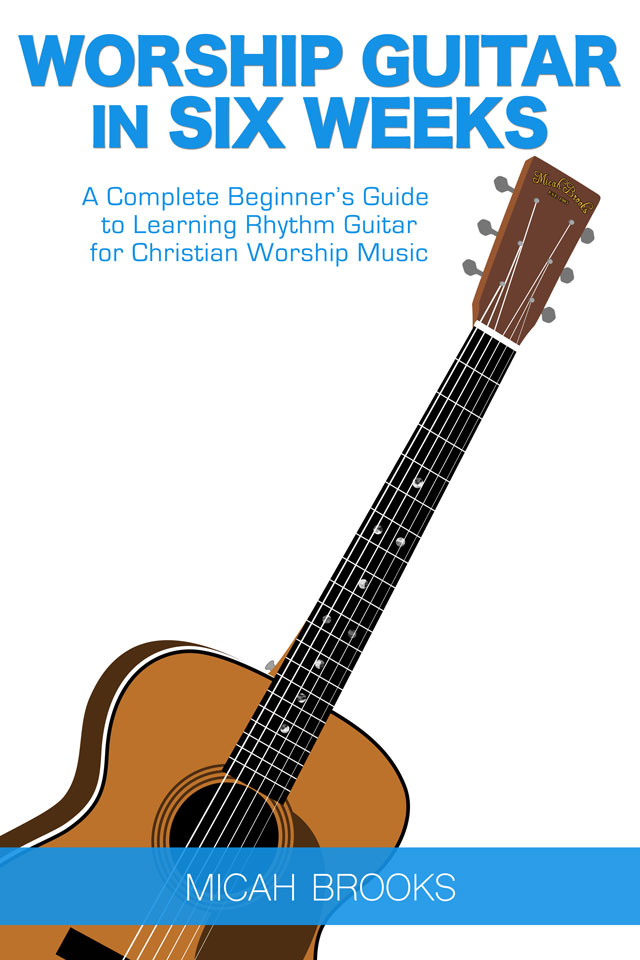Knowing the arrangement of your songs makes every part of performing better.
The best way to be successful on stage is doing the required work off stage to get there. Knowing the arrangement of the song you are about to play is key to this. When will the chorus be played? Is it loud or soft? Should my instrument be in or out at the bridge? Professional musicians know their arrangement well. Here’s how to do just that!
Why knowing your arrangement is important
Whether you are a singer or an instrumentalist, knowing the arrangement for the song you are playing is key to the success of you becoming or staying a professional musician. Rather than being head down and attached to the chart or sheet music on your music stand, you’ll be free to interact with the audience in front of you. Plus, you can be trusted by your team to know what part of the song is coming next and how to play or sing it dynamically. There won’t be any guesswork or sense of surprise that a chorus is about to happen. You’ll know the song well.
How to memorize an arrangement without needing to memorize your arrangement…
It may feel daunting at first to memorize a piece of music. Whether that is as simple as a worship chart up to a complete classical piano score. Here’s the good news: with some tips and doing your homework you’ll acquire this skill. Yes, it’s a skill to memorize something. However, you’ll see that there are shortcuts and typical scenarios that will help you to be better at it.
The first is that you have to do your homework. This means you have to spend time ahead of any rehearsal, show, or service having looked over your music. Professionals do this all the time. When being paid for a gig you do arrive prepared. You’ve always done the pre-work it takes to get the real work of performing done the best you know how. You must do this too!
Here’s a pro tip: most songs take a typical song structure. They will usually begin and end on the root chord of the key. This makes memorization a bit easier because you can usually assume that the order of a song begins with the intro, then verse, sometimes a pre-chorus, then into a chorus, followed by an interlude, and so on. When you assume this structure you only need to make adjustments when a song doesn’t follow that typical form.
Additional tips and tricks
Another helpful tip is to write out a shorthand V,C,V,C,B,C at the top of your page and reference it during your rehearsal time. That shorthand of V for verse, C for chorus, and so on gives you something small at the top of your chart to glance at quickly. It’s another way to memorize during your homework sessions, but have a refresher as you perform live.
Summary & Action Steps
It’s important to know, know, know your arrangements of the songs you’re playing. I hope you’ve learned a few tips and tricks to help you do just that. It’s not simple, but it’s a skill you can develop over time and with consistent practice. Let us know in the comments below what you think will work for you. We want to hear!




